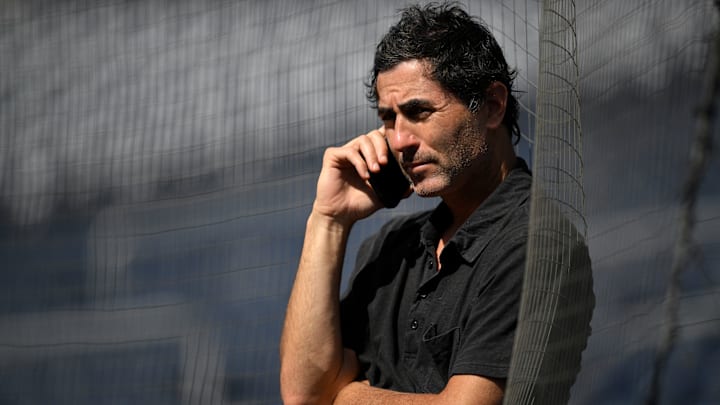There’s a difference between buying stars and building margins, and the Padres finally look like a team that understands the latter. San Diego still pays headline money at the very top of the roster, but the quiet revolution is what lives underneath — useful, controllable pieces gathered at the deadlines that turn a 26-man into a 90-win machine. Add up the projected 2026 arbitration figures for several core contributors and you get just $24.4 million. That’s the going rate for a single mid-rotation free agent… or for almost the entire Padres’ supporting cast.
This is the payoff to AJ Preller’s recent deadline aggression. By targeting players with multiple years of control — guys whose best baseball either arrived in San Diego or will be unlocked by San Diego — the Padres replaced future free-agent bills with present-tense value. It’s not just thrift; it’s leverage. Every dollar saved on arbitration windfalls is a dollar that can be pointed at in-season needs, depth at Triple-A, or the next big splash without strangling flexibility.
Padres turn deadline deals into a 2026 arbitration steal
Start with the run prevention engine. Jason Adam projects at $6.8 million, a tidy number for a proven, late-inning righty who lives in the zone and misses bats when it matters. Mason Miller at $3.4 million is the game-shortener — a power monster whose mere presence changes opposing lineups in the seventh through ninth.
Pair those two and suddenly the Padres don’t have to chase overpriced closers; they can script high-leverage outs in-house and on a budget. JP Sears at $3.5 million gives them a steady, left-handed starter who still has potential. And Adrian Morejon at $3.6 million remains the premium lottery ticket: electric stuff, multi-inning versatility, and the kind of upside that makes a postseason bullpen terrifying if he’s healthy at the right time.
On the position-player side, the cost efficiency is almost rude. Luis Campusano at $1.0 million is what every contender chases — a catcher with pop but still not ready for an everyday role. Freddy Fermin at $1.8 million is the perfect foil: tough at-bats, reliable catch-and-throw, and enough stick to hold down the everyday position while he and the rest of the catcher room continues to fine-tune their mechanics.
Then there’s Gavin Sheets at $4.3 million, a left-handed bat who can cover first base and a corner outfield spot while giving the lineup real matchup bite. Add it all up and the picture sharpens: Adam ($6.8M), Morejon ($3.6M), Sheets ($4.3M), Sears ($3.5M), Campusano ($1.0M), Miller ($3.4M), and Fermin ($1.8M) combine for $24.4 million — the kind of number that makes a GM smile and an owner breathe easier.
The big takeaway? Preller didn’t just “win” a deadline headline — he built a payroll runway. San Diego can keep its stars, supplement aggressively when injuries hit, and still show up in October with a bullpen that shortens games, a rotation that stacks quality starts, and a lineup with modular power. It’s smart, sustainable contention. If the Padres happen to pop corks a year or two from now, don’t just credit the top-line salaries. Point to the $24.4 million orchestra underneath.
